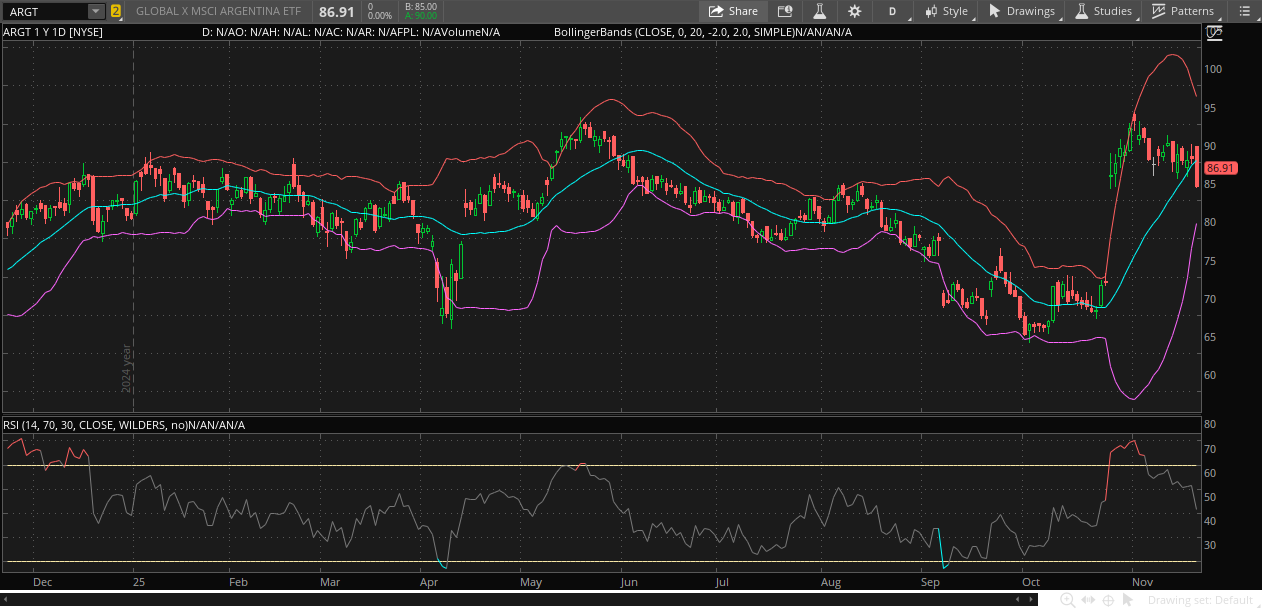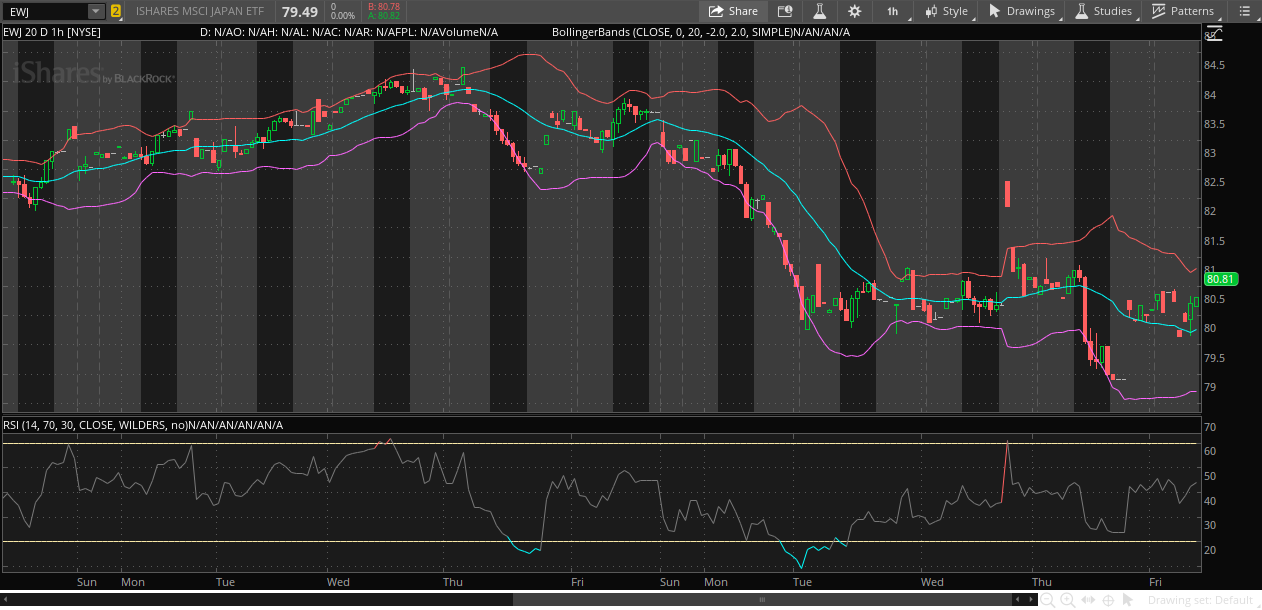Daily Newsletter 11/21/25
Yesterday, the market was shocked by the sharp collapse of the rally triggered by Nvidia’s strong earnings report. The decline was broad-based, reflecting widespread uncertainty about the Federal Reserve’s December policy decision. We believe the Fed will cut rates by 25 basis points for political reasons. This cut seems necessary given the considerable uncertainty surrounding reciprocal tariffs and the expectation that the Supreme Court may rule against them. Additionally, the collapse in the cryptocurrency market could be driving selling pressure in stocks, as crypto has grown large enough to impact broader market movements, with strong correlations between crypto and equities. Circular financing in the AI sector is another concern, alongside worries about overvaluation. Nvidia’s extensive investments in AI companies and partnerships, including massive deals with Microsoft and others, have raised questions about a circular financial ecosystem that may inflate valuations beyond fundamental values. This dynamic adds to the fragility of the current market rally.
While U.S. job growth remains strong, the unemployment rate has risen to 4.4%, its highest level in four years, bringing the old “dual mandate” issue—balancing job growth with inflation control—back into focus for the Federal Reserve as it considers its next moves.
Where are the markets headed from here? From our perspective, AI stocks remain highly speculative and bubbly, but AI itself is far from dead. Until the AI industry begins generating consistent profits, we can expect periodic pullbacks and corrections. However, a sudden and steep decline cannot be ruled out, as no one can accurately predict when the AI sector will become truly profitable. In other words, if and when investors lose patience and confidence in AI’s future potential, we may witness a dramatic market shift. This fragile balance underscores how critical investor sentiment is in shaping the near-term trajectory of AI-driven markets.
The current enthusiasm is supported by strong AI investment and technological advances, yet valuations remain elevated and the path to profitability is uncertain, contributing to ongoing volatility and risk.
ARGENTINA
After the election, we profited handsomely by going long just before the vote. As expected, the initial optimism was short-lived, and Argentine stocks have since been volatile. Recently, negative news emerged as U.S. banks shelved a planned $20 billion bailout for Argentina, opting instead for a smaller, short-term loan package to help the country meet a $4 billion debt payment in January. This shift reflects ongoing financial challenges despite earlier market rallies following President Javier Milei’s electoral gains. The Treasury Department has provided a $20 billion currency swap to support Argentina, but private-sector support has been scaled back amid concerns over collateral and guarantees. These developments highlight the fragile state of Argentina’s economy and markets, which remain highly sensitive to political and financial shifts.
JAPAN
Japan’s new prime minister, Sanae Takaichi, plans a major fiscal stimulus with energy subsidies and cash handouts worth about 21.3 trillion yen ($135 billion) to ease rising prices and boost growth. The package, which still awaits parliamentary approval, will be financed by debt, adding to Japan’s already huge public debt—around 230% of GDP in 2025.
However, Japan faces a global debt crunch and surging bond yields. The Bank of Japan keeps yields low by buying government bonds, avoiding a bond market crisis but weakening the yen and heightening currency risks. More stimulus could deepen this imbalance, forcing further bond purchases and yen depreciation.
To achieve lasting stability, Takaichi must consider tougher reforms—raising taxes, cutting spending, and selling state assets—rather than relying solely on debt-driven stimulus that risks worsening Japan’s long-term fiscal and structural problems.
We expect a brief rebound in the near term, but the market’s longer-term direction will depend on various economic and policy factors. Given this uncertainty, we’re maintaining a short-term positioning strategy for now.
OUR TRADES
We share our short-term trades within the Tactical Portfolio exclusively with our paid subscribers, providing complete transparency. This includes detailed information on our entry timing and pricing. Exits are communicated promptly through chat to ensure timely updates. Our strategies often incorporate complex option structures to capitalize on short-term market movements, reflecting a sophisticated approach to tactical trading.




